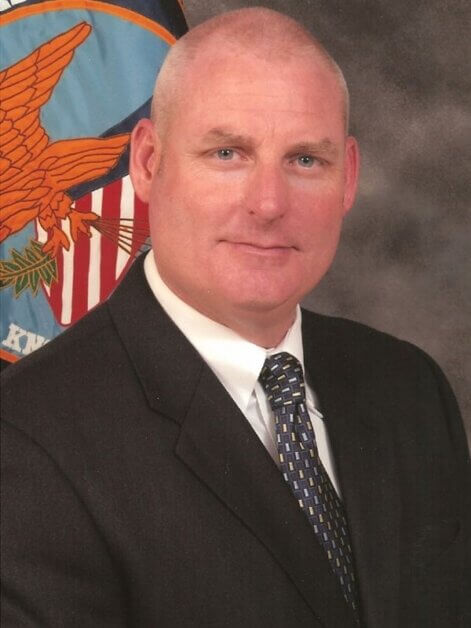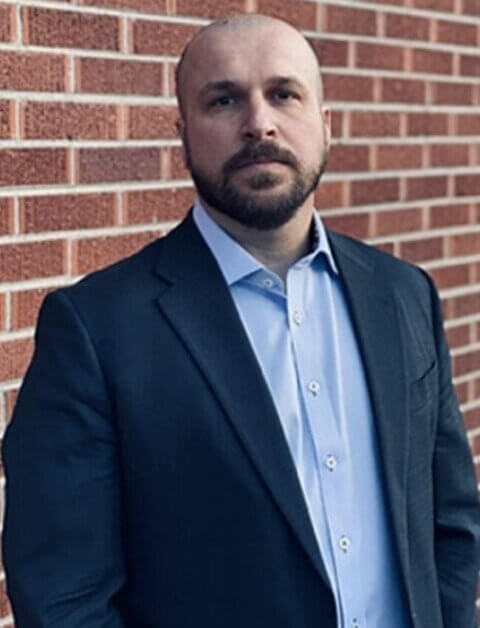Keynote Sessions at the Summit 2023


Attorney Eric Daigle
Principal Attorney, Daigle Law Group
Attorney Daigle specializes in Civil Rights litigation and Law Enforcement Operations Consulting. Attorney Daigle also conducts training on use of force standards, including electronic control weapons and responses to force/deadly force incidents. Attorney Daigle acts in his capacity as a Law Enforcement Consultant providing guidance and oversight to department command staff on operations, force response, and risk management. He has served as an expert witness in use of force cases and has reviewed use of force incidents around the country. Attorney Daigle serves as a member of independent monitoring teams and acts as an auditor in reviewing police department organizational compliance with procedural revisions directed or overseen by the Federal court system.
Opening Keynote: Use of Force Current Trends & The Legal Balance Between Duty of Care and Use of Force
The 2023 DLG Use of Force Summit opening keynote by Attorney Eric Daigle will delve into current trends in the industry related to the use of force. His keynote, titled “The Legal Balance Between Duty of Care and Use of Force,” scrutinizes how the concept of ‘duty of care’ actively reshapes our understanding of liability and duty, guiding the evolving responsibilities of law enforcement toward individuals and society while upholding our duty to protect and serve.
In a world where every decision holds significant weight, comprehending the nuances of Duty of Care has never been more critical. This topic is of paramount importance in today’s fast-evolving legal landscape. As we find ourselves at the crossroads of change and responsibility, it becomes imperative to address the pressing and highly controversial question: “Do officers have a duty to care to intervene in crises, and what defines this duty in the contemporary landscape of law enforcement?”
The concept of ‘Duty of Care’ serves as a pivotal starting point for discussion. This concept notably manifests itself in scenarios involving both criminal and non-criminal barricades. The differentiation between ‘suspect’ and ‘subject’ language transcends mere semantics; it forms the basis for evaluating governmental interests and anticipating potential liabilities for our officers.
Duty of Care brings to light the multifaceted challenges officers face daily, necessitating their navigation of the thin line between moral obligation and legal duty. This balancing act demands both knowledge and training. It signifies a transition from historical approaches, which often leaned toward direct intervention and the possible use of deadly force, to modern strategies that prioritize de-escalation and scrutinize the role of armed officers during crises.

Lieutenant Kevin Dillon (Ret.)
L.O.C.K.U.P.
Use of Force Concepts and Analysis for Police Leaders and Trainers

William Lewinski, PH.D.
Force Science Institute
Latest FS Research into the Human Performance Elements of a Use of Force
This session will explore two compelling studies that shed light on the intricacies of human performance elements in use-of-force scenarios.
“Kinematic Analysis of Firearms Assaults on Police Officers” An analysis of assault motions and times when officers are attacked with a handgun. Action was captured with accelerometers and gyroscopes accurate to thousands of a second. This study on the speed of assaults helps set a metric for training and investigation. (attendees will be given access to the journal article)
“The Camera Lens and the Human Eye: Documented Performance Differences during a Critical Incident.” A study comparing the eye scan of officers with action captured by their body cameras. X/y coordinates of body cameras were analyzed as compared to the x/y coordinates of an officer’s eye scan. The officers were involved in a very realistic scenario lasting 15 minutes with an evolving escalation of threat. Pulse levels averaged 165 beats per minute. Many officers were up to 180bpm. Over 75 percent of the times officers used deadly force the information available to their eyes and used by them to make a judgement to shoot was not recorded by the body camera.

Paul Taylor, PH.D.
University of Colorado Denver
The Impact of Human and Organizational Factors on Use of Force Investigations

Geoffrey Desmoulin Ph.D., R.Kin., P.L.Eng.
Principal, GTD Scientific Inc.
Science of Violence®: Biomechanics from Video Evidence
This course aims to teach the basics of video necessary to obtain physics derived from video evidence and relate it to complex human injury investigations involving use of force incidents.
By the end of this course, you will:
- Identify how Newton’s laws of motion related to Use of Force investigations can be derived from video.
- Demonstrate how video analysis is currently limited to distance and timing.
- Discuss how biomechanics including applied load can be obtained from video footage.
- Demonstrate how specific video analysis can prove threatening positions vs. non-threatening positions.
- Explore multiple case studies where deriving biomechanics from video was critical in understanding the violent event in both 2 and 3-dimensions.
Meet at the Summit
Join us for 3 days of unparalleled, world-class law enforcement education starting November 28th. If you have questions please call (860) 270-0060 or contact us to speak with a training advisor.
